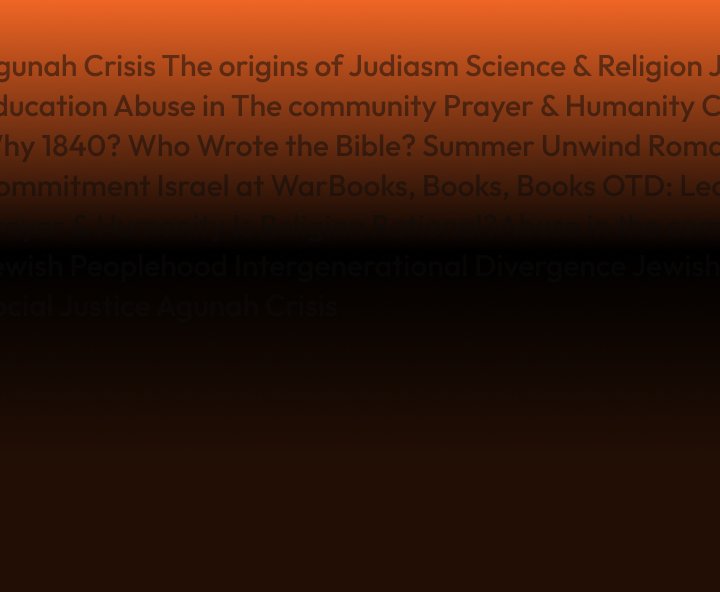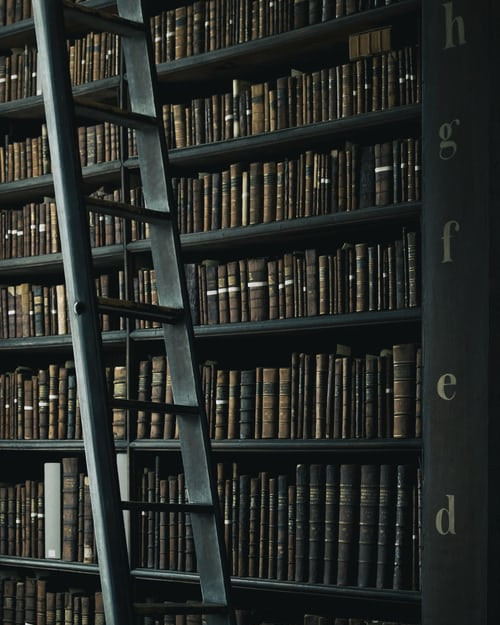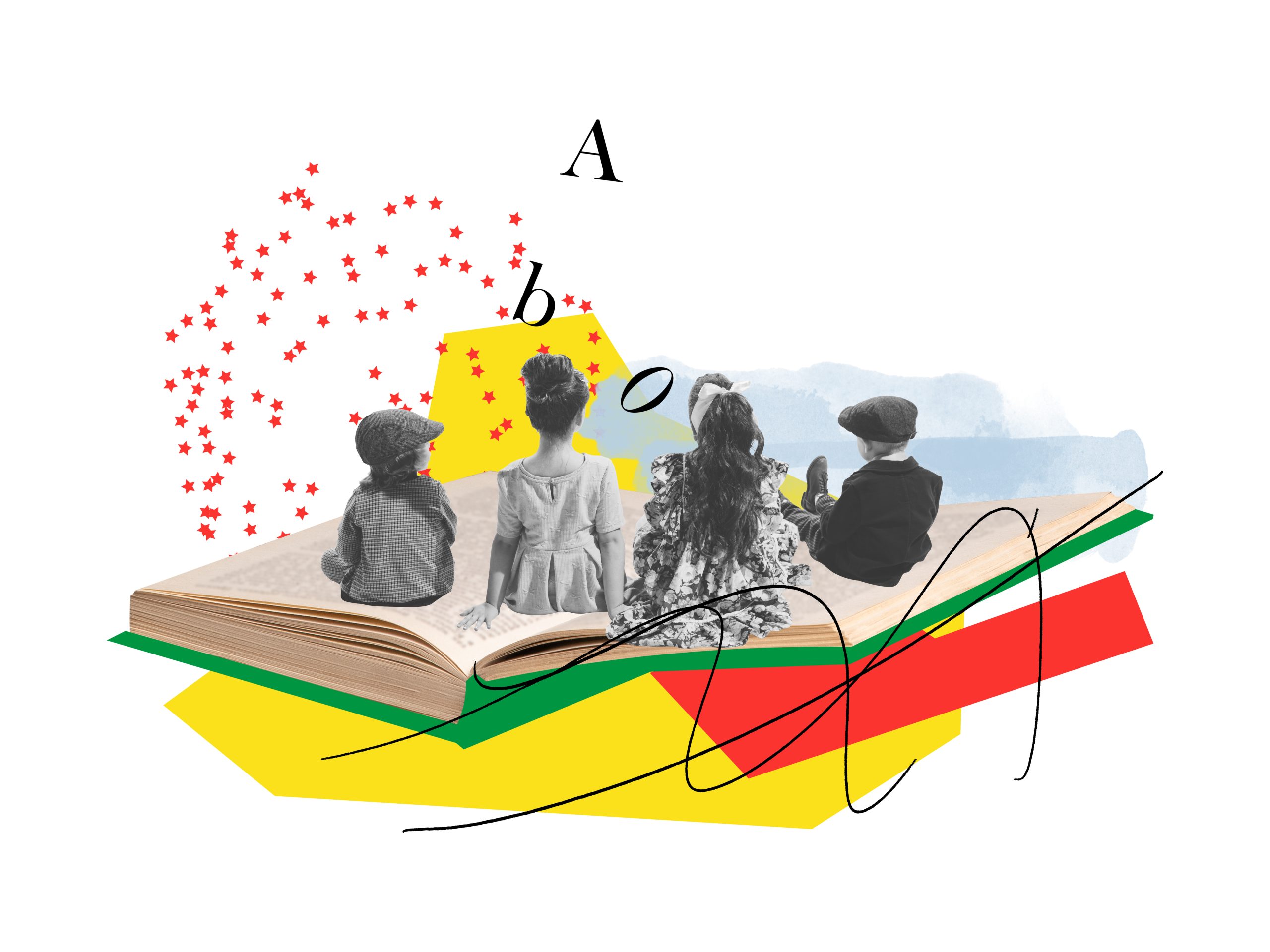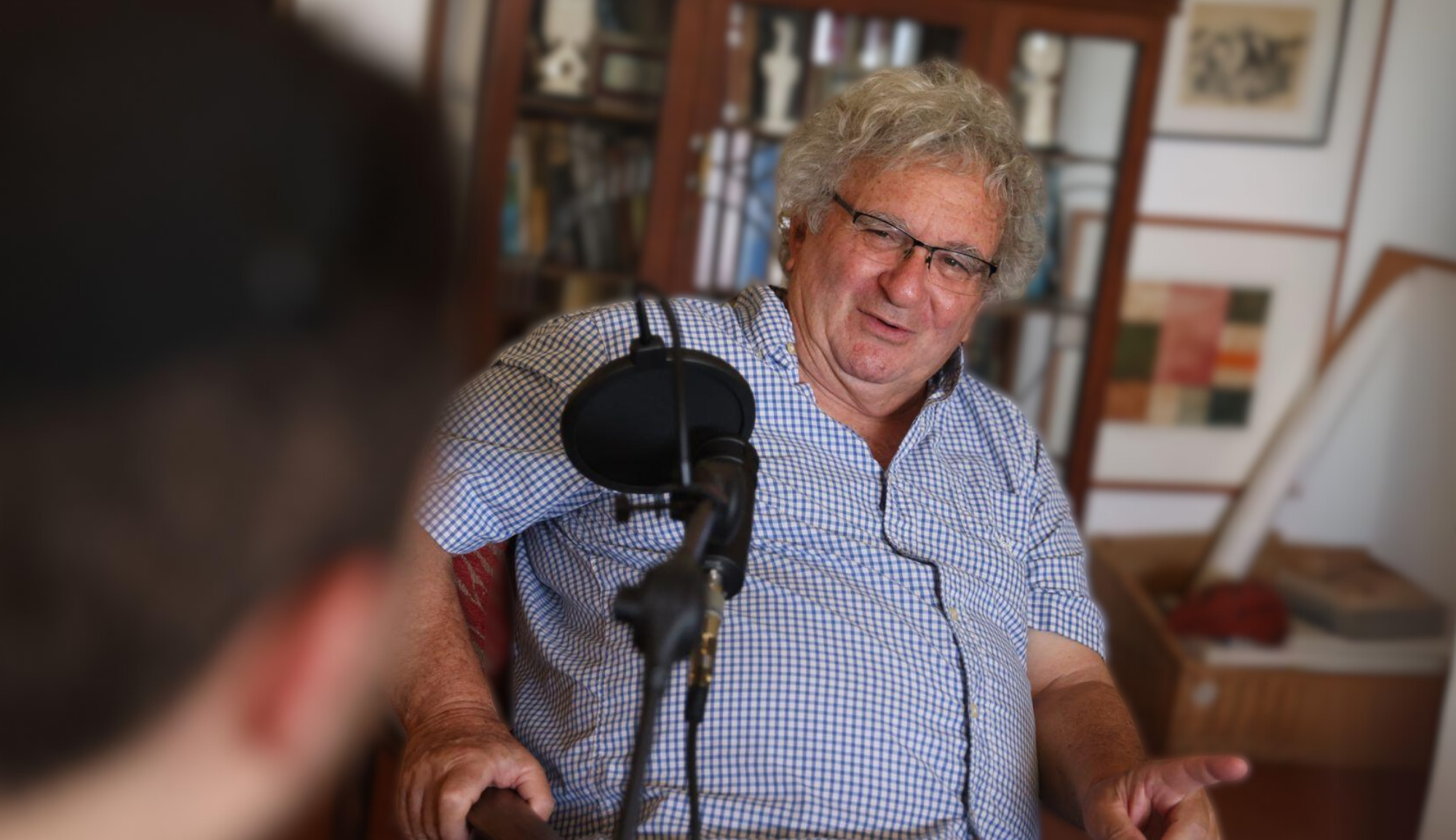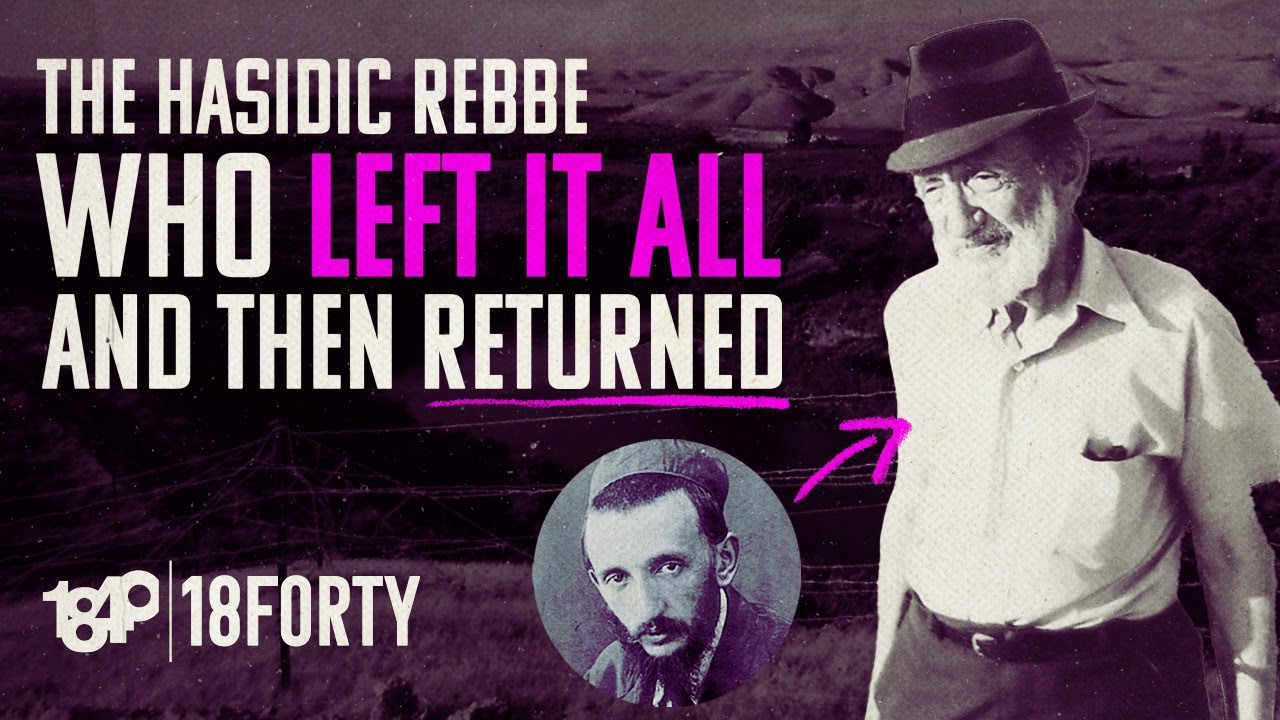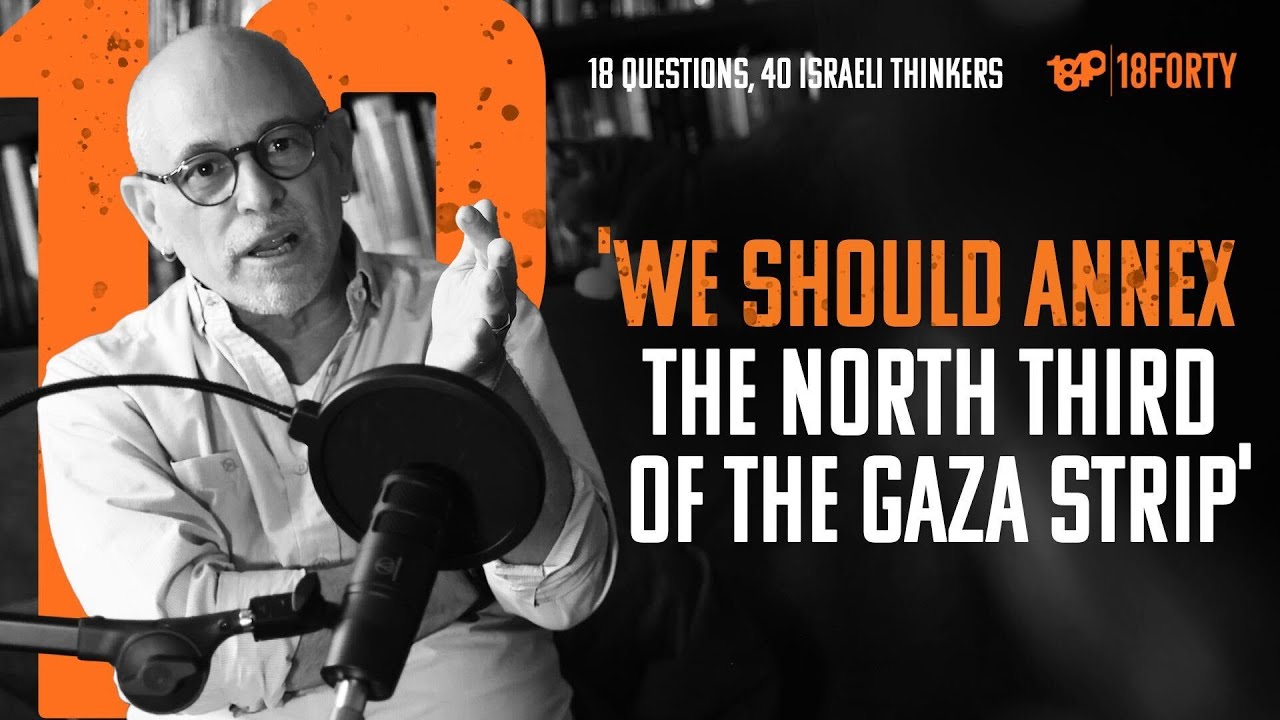
These past weeks, 18Forty has shared bibliographies—or tasting menus, as we like to call them—with our readers. We want to share some thoughts about why we do this.
So often, members of our broader intellectual community reach out to us for guidance. “Where should I start if I want to learn more about…” is a question that we hear again and again, and that is certainly the most pressing reason that we are putting these together. Intellectual journeys start somewhere and sometimes a reading list can be a perfect starting point on which to set off into the great unknown.
However, we think that bibliographies provide more than just a starting point, but are an art form in their own right. Perhaps art is a big word, but media theorist Marshall McLuhan (whose ideas we at 18Forty have been accused of overthinking) in his The Medium is the Massage, comments this:
Art
Is Anything
You Get Away With
We have been getting away with our bibliographies, so let’s keep on calling them art. A good bibliography, syllabus, or menu is a whole that is greater than the sum of its parts. While we may not include the totality of each text that we link to, it is the very act of curation and citation—a sort of flower-gathering—that constitutes the preparation of the artwork that is the bibliography. By placing articles and books in communication with each other, we create a sort of intellectual climate occupied by these ideas.
This is an idea well-understood by the early masters of citation, the ancient Jewish sages. As members of an idea-obsessed culture narrated by oral debate, the sages of the Mishnah and the Talmud were deep appreciators of the art of proper citation, a fundamental concept at the heart of the art of bibliography.
The key teaching that showcases this appreciation is in Megillah (15b):
ואמר ר”א אמר רבי חנינא כל האומר דבר בשם אומרו מביא גאולה לעולם שנאמר ותאמר אסתר למלך בשם מרדכי
And Rabbi Elazar further said that Rabbi Ḥanina said: Whoever reports a saying in the name of he who said it brings redemption to the world. As it is stated with respect to the incident of Bigthan and Teresh: “And Esther reported it to the king in the name of Mordecai” (Esther 2:22), and this eventually brought redemption, as Mordecai was later rewarded for saving the king’s life, paving the way for the miraculous salvation.
In the logic of the sages, one act of citation (Esther quoting Mordechai) brought the salvation of the Jews, albeit in a somewhat tangential manner, and so too might our citation bring a similar salvation. Of course, this belief is fitting for the sages of Chazal—in a culture that was dominated by oral discourse, ensuring ideas maintain their attachment to their origins is important.
The Maharal, in his commentary on this passage, makes the point that it is the humility of quotation and citation that attracts God’s salvation. God is drawn to bring the redemption to those who have the demonstrated humility that it takes to acknowledge the origins of a phenomenon—God—instead of writing off the phenomenon as an unattached occurrence in a fragmented universe. What is powerful here is his point about humility—there is a humility to citation, in the recognition that one does not have all the necessary thoughts, that no one website has all the best articles, and that no one podcast can have all the best guests. It is with this humility that we approach bibliographies. By offering bibliographies, we are trying to honor the incredible voices and thoughts that have come before us.
But the inverse is also true—just as bringing Jews together constitutes a redemption, so too does bringing texts together bring a redemption of sorts.
A recent book on the much-maligned syllabus points to the syllabus as an entry point to the classroom and invites readers to think about the syllabus as a window (or mirror) of the conversations and knowledge that occupies the classroom. All of this makes a fairly straightforward point: The way we list, or cite, information says a lot about the way we are engaging with information.
In one way or another, this point has been the center of several generations of battling intellects in the field of literary criticism, those whose job it is to think about how we read.
Let me introduce Roland Barthes (1915 – 1980). Barthes was a French literary theorist, and his 1967 essay “The Death of the Author” is a critical argument in favor of detaching text from author. Barthes considers the act of writing as a sort of collage, in which the author’s “special voice” consists of “several indiscernible voices,” ultimately making “literature … the invention of this voice, to which we cannot assign a specific origin.”
Barthes is reacting to a common form of reading, and literary criticism, in which we search the book for the mark of the author and try to understand the book in light of the life and mind of the author; “the explanation of the work is always sought in the man who has produced it.”
Barthes and his chevrah were largely successful in birthing a movement towards detaching texts from authors. This is a vision of texts that looks at the text itself as a text, a stance that pushes back on the urgency to “cite a text by the name of its author.” Recent years have seen a renewed interest in the life of the author, as literary criticism has focused on reading against the ‘grain of the text,’ considering the socio-political implications of a text, and the ways that author influences have been worked into the text.
Fascinatingly, we might just find an early echo of this debate in the Talmud (Shabbat 105a):
רַבִּי יוֹחָנָן דִּידֵיהּ אָמַר: ״אָנֹכִי״, נוֹטָרִיקוֹן: אֲנָא נַפְשִׁי כְּתַבִית יְהַבִית. רַבָּנַן אָמְרִי: אֲמִירָה נְעִימָה כְּתִיבָה יְהִיבָה. אִיכָּא דְּאָמְרִי ״אָנֹכִי״ לְמַפְרֵעַ: יְהִיבָה כְּתִיבָה נֶאֱמָנִין אֲמָרֶיהָ.
Rabbi Yoḥanan himself said that the word anokhi that begins the Ten Commandments is an abbreviation for: I myself wrote and gave [ana nafshi ketivat yehavit]. The Rabbis said it is an abbreviation for: A pleasant statement was written and given [amira ne’ima ketiva yehiva]. Some say the word anokhi can be interpreted backwards: It was written, it was given, its statements are faithful [yehiva ketiva ne’emanim amareha].
For Rabbi Yochanan, the text of the Torah itself is the soul of the Author—God. Those that disagree with Rabbi Yochanan consider the text and its givenness far more relevant than the soul of the Author.
In the world-text that we live, citing the text in the name of the Author is a great act of origins finding. Even in a world-text in which the Author hides behind every word, by citing the Author we might yet find that this world-text is less disembodied than it so often feels.
Barthes also said this:
“To write by fragments: the fragments are then so many stones on the perimeter of a circle.”
Bibliographies are a sort of fragmentary writing, by which we mark the perimeter of a discussion, in a circumambulatory manner. Bibliographies are an attempt at marking the present with the voices of the past, at tracing the author by way of the text.
Rabbi Moshe Wolfson quotes a different idea of the Maharal as pointing out that the Torah is a reflection (or expression?) of the Jewish people, and so the exile of the Jews engenders an exile of the Torah. Just as the Jews are dispersed, so too the Torah is dispersed—to study one part of the Torah, one must look to three parts of the Torah, six Talmudic passages, later commentaries, and a host of other such places. But the inverse is also true—just as bringing Jews together constitutes a redemption, so too does bringing texts together bring a redemption of sorts. This is the art of bibliographies: bringing disparate sources of knowledge together, grouping and citing them in close conversation with each other. We hope you join us on this journey.
We close with the words of Jorge Luis Borges, the great Argentinian novelist who understood these ideas well. Listen closely:
It is about a man who has an endless world before him and then he begins drawing of ships, of anchors, of towers, of horses, of birds, and so on. In the end he finds out that what he has designed is a picture of his own face. That, of course, is a metaphor of the writer: what the writer leaves behind him is not what he has written, but his image … So that may be the destiny of a writer.
